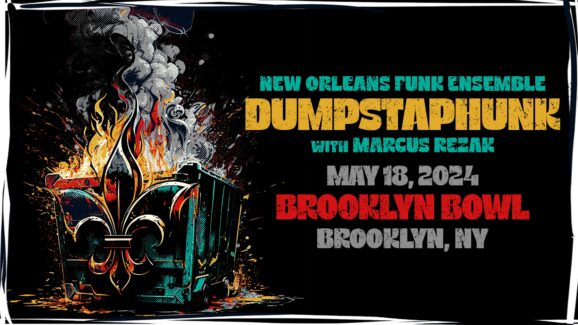Joel Ross has got the blues, yet that’s a good thing, a welcome change to his intricate sonic tapestries and an easier entry point for many listeners. The uber-talented vibraphonist and composer issues his fourth Blue Note album as a leader, a commendable feat for one who has not yet turned 30. The album, nublues is Ross’ answer to the challenge of making his adventurous, highly textured, and both rhythmically and harmonically complex music more accessible.
The attributes that have marked his first three albums are still present but here we have a stronger emphasis on melody along with the more familiar blues and ballad forms. Two covers of well-recognized Coltrane tunes, along with one from Monk add to this intentional swerve in direction. Interestingly, as a live performer Ross exudes a playful, exuberant, and often smiling persona that captivates audiences. Yet, his recorded output, while highly acclaimed critically, is demanding for most listeners. The self-aware Ross challenged himself to slightly make some adjustments, mainly through two inspiring events – a history of blues class taught by altoist Darius Jones at the New School, and the isolation felt during the pandemic shutdown.
Ross again leads his longtime band, Good Vibes, with fellow Blue Note luminary Immanuel Wilkins on alto, pianist Jeremy Corren, bassist Kanoa Mendenhall, and drummer Jeremy Dutton. His partner, flutist Gabrielle Garo, appears on three tracks. Listeners of Ross will not be surprised to hear that his interpretation of the blues goes far beyond just the twelve-bar form. Like so much of his upbringing in the Black Church, the spiritually hued sonics of his past efforts live here in a different kind of spirit and energy that enables these players to walk that line between being connected and free expression. The through-composed meshes with the spontaneous as heard in several segues, most notably from Coltrane’s “equinox” to “mellowdee.” The sequencing itself is meant to mirror a live show with shifting vibrant and serene moments.
The opening “early” is a mellow introduction with flowing tones of Wilkins’ alto blending with Ross’ reverberating vibes. The melancholy turns edgy, and far more aggressive in “equinox” with Wilkins emulating but certainly not mimicking Trane’s lead voice with stellar chordal support from Ross and Corren, along with an invigorating vibe solo. Note that Ross’ approach to his instrument produces streams of well-articulated notes or judiciously stroked notes that linger extensively as he uses just two mallets, not four like many of those who play the vibraphone.
The group delivers the most expansive ”mellowdee” in four sections over eleven-plus minutes. As mentioned, these four sections may seem like five given the smooth transition from ‘equinox.” The harmonics are especially stunning as the quintet ventures through series of spirited solos and unison passages that range from jubilant to deeply reverent and pensive. The third section that ensues around the 8-minute mark is an instrumental equivalent in terms of melody to a Negro spiritual with its call-and-response motif, handled most directly by Wilkins with the band members echoing the refrain.
Ross invited Garo in for three tracks including the gorgeous duet co-write “chant,” where her flute is set against his piano. The augmented quintet marries J.S. Bach with the Black Church in “bach (God the Father in Eternity)” with pianist Corren central to the tone of the piece with its repetitive strains, after conjuring a deeply solemn blues in “what am I waiting for” as notes from Garo, Wilkins, and Ross just float in a beautiful ambiance.
The back half of the album grows brighter as they first mesh the blues with their bent toward contemporary jazz in the title track, morph from the trance-like into rare swinging form in the animated blues of “ya know?,” a tour-de-force for Wilkins, and attack Monk’s “evidence” with the gleeful manner of a child discovering a new toy. They close with Coltrane’s standard “Central Park West” that first appeared on his 1964 Coltrane Sound, a 20-bar modal ballad that marks the early stages of Coltrane’s spiritual period.
The ever-evolving Joel Ross has taken a step back and forward at the same time. If this is your introduction to his gorgeous music, it’s an auspicious place to start that will likely lead to seeking out his previous work too.


































